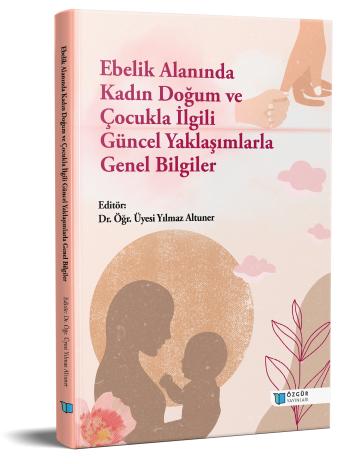
Kısırlık (İnfertilite) ve Tüp Bebek
Şu kitabın bölümü:
Altuner,
Y.
(ed.)
2025.
Ebelik Alanında Kadın Doğum ve Çocukla İlgili Güncel Yaklaşımlarla Genel Bilgiler.
Özet
Kısırlık, çiftlerin düzenli ve korunmasız cinsel ilişkiye rağmen 1 yıl içinde gebelik elde edememesi durumudur. Kadın kaynaklı nedenleri arasında yumurtlama bozuklukları, tüplerin tıkalı olması, rahim anomalileri, endometriozis olabilirken erkek kaynaklı nedenleri ise sperm sayısı ve hareketliliğinin düşük olması, sperm üretim bozuklukları olabilir. Sebebi bilinmeyen infertilite ise çiftlerde belirgin bir problem bulunamayan durumlardır. Tüp bebek tedavisi, kadının yumurtalarının laboratuvar ortamında döllenerek embriyo haline gerilmesi ve rahme transfer edilmesi sürecidir. Aşamaları:
- Yumurtalıkların uyarılması – Hormon ilaçlarıyla birden fazla yumurta gelişimi sağlanır.
- Yumurta toplama işlemi – Yumurtalar iğne ile toplanır.
- Laboratuvar ortamında döllenme – Yumurta ve sperm birleştirilerek embriyo oluşturulur.
- Embriyo transferi – En kaliteli embriyo rahme yerleştirilir.
- Gebelik testi – Transfer sonrası yaklaşık 12 gün içinde gebelik testi yapılır.
Tüp bebek tedavisi özellikle tüplerin tıkalı olduğu, sperm kalitesinin düşük olduğu veya nedeni açıklanamayan infertilite gibi durumlarda uygulanır. Başarı oranı çiftin yaşına ve sağlık durumuna bağlıdır.

